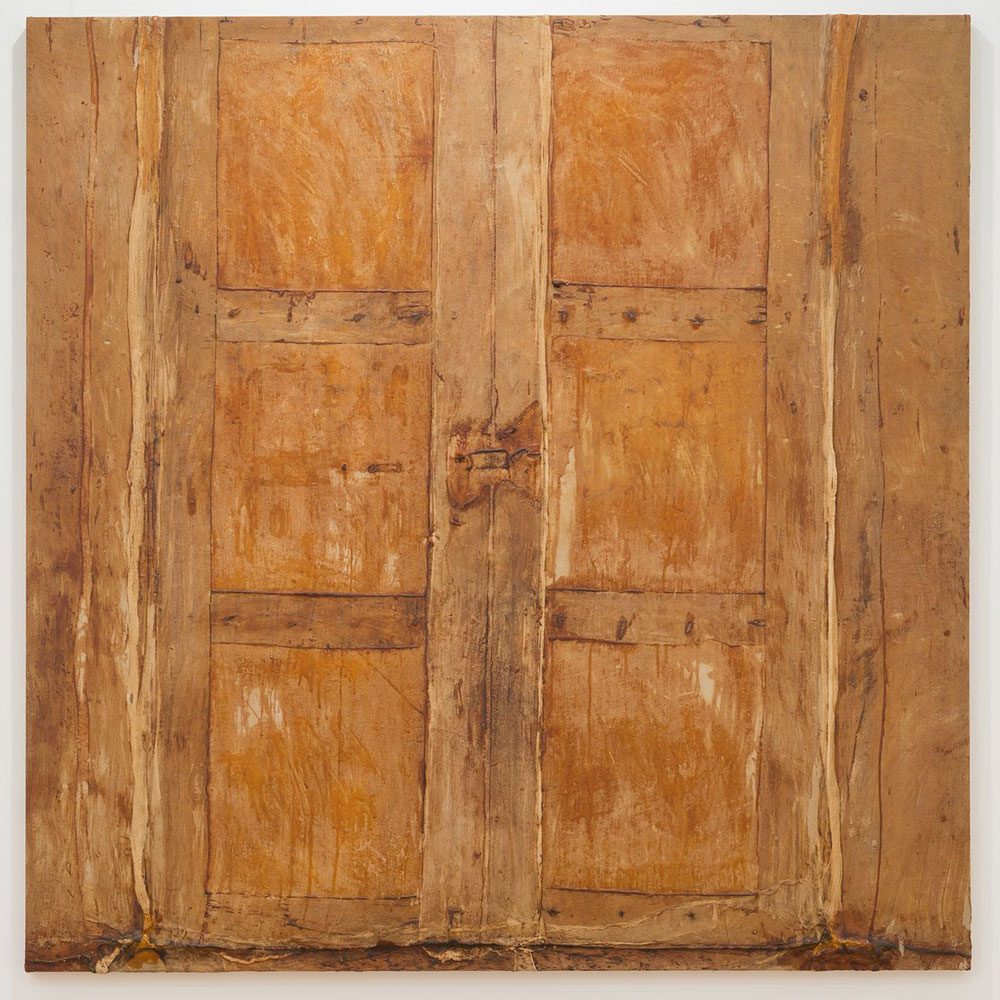ART CITIES:N.York-Heidi Bucher
 Heidi Bucher distinguished herself particularly through her legendary “mouldings“, focussing and exploring the architectural space and the body through sculpture. It is a transformative and poetic work, that deals primarily with private spaces and belongings, architectural fragments from mostly the 19th Century, feminism, domestication and the individual or collective experiences and memory.
Heidi Bucher distinguished herself particularly through her legendary “mouldings“, focussing and exploring the architectural space and the body through sculpture. It is a transformative and poetic work, that deals primarily with private spaces and belongings, architectural fragments from mostly the 19th Century, feminism, domestication and the individual or collective experiences and memory.
By Dimitris Lempesis
Photo: Lehmann Maupin Gallery Archive
The exhibition “The Site of Memory” features works from the mid-1970s through the 1980s by Heidi Bucher and include some of her most significant sculptures, including “Borg” (1976), a sculpture modeled on the entire cellar of Bucher’s studio, and the first work to use her signature latex casting method, as well as works that are exhibited for the first time in the United States, such as “Untitled (Door to the Herrenzimmer)” (1978) and “Elfenbornhaut” (1982). Heidi Bucher is best known for her innovative use of latex to cast large-scale architectural features, including entire buildings. Bucher referred to these castings as “skinnings” or “moultings” imbuing these captured spaces with animal or biological attributes. Her investigation of the physical boundaries between the body and its surroundings aligns her with other feminist artists who were committed to exposing the complex relationship between women and the gendered, domestic environments to which they were often relegated. The works featured in this exhibition, produced during the 1970s and 1980s, were particularly significant as they marked both Bucher’s return to Zurich after living in the U.S. and Canada, and the enfranchisement of Swiss women, who did not gain the right to vote until 1971. It was amid this personal and political transformation that Bucher developed her signature process. Coming from this era, alongside hallmarks of postminimalism such as the devoted site-specificity of artists like Richard Serra, the self-casting of artists like Alina Szapocznikow, and pioneering experimentation with new materials like plastics, latex, and fiberglass by Eva Hesse, Bucher’s work can be understood as a unique amalgamation of this art historic period. Over the course of her career, Bucher forged a practice anchored in familial, cultural, and architectural histories entwined with contemporary concerns around the boundaries between public and private space, feminine attributes, and the body. It was during the 1970s that Bucher began to embalm clothing and domestic objects in a mixture of latex and mother-of-pearl, preserving the objects as artifacts of their time and creating a surface that appeared skin-like in both color and texture. She primarily used women’s clothing, such as nightdresses, and undergarments, which both signified her interest in metamorphosis and served as a critical response to the rigid gender restrictions she experienced growing up. By the end of the decade, Bucher had begun casting architectural structures (walls, windows, floors, or entire rooms) by spreading her latex mixture over large surfaces, allowing it to dry and harden, and then peeling it off; producing a skin that held elements of paint, rust, and dirt, as well as detailed architectural markings. These memory fragments represented both personal signification and a conceptual liberation from the patriarchal past. During the years that followed, Bucher produced several major bodies of work based on personal domestic spaces and significant historical buildings in Switzerland and Lanzarote, Canary Islands, where she spent much of her later life. The exhibition features works from these locations, including some of her most significant clothing and domestic object works, such as “The Hatching of the Parquet Dragonfly” (1985) and “Bett” (1975), in addition to a number of major architectural works “skinned” from her studio in Zurich, her ancestral home in Winterthur, the abandoned Bellevue mental health institution in Zurich, and her home and studio in Lanzarote. The exhibition exemplifies her expansive exploration of the materials of latex and mother-of-pearl as well as her interest in creating a visual embodiment of space and time. For Bucher, this method of working was not simply about recording the past, but illuminating a kind of multiverse that would combine past, present, and future inhabitants of the spaces she was drawn to.
Info: Lehmann Maupin Gallery, 501 West 24th Street, New York, Duration: 25/4-15/5/19, Days & Hours: Tue-Sat 10:00-18:00, www.lehmannmaupin.com





